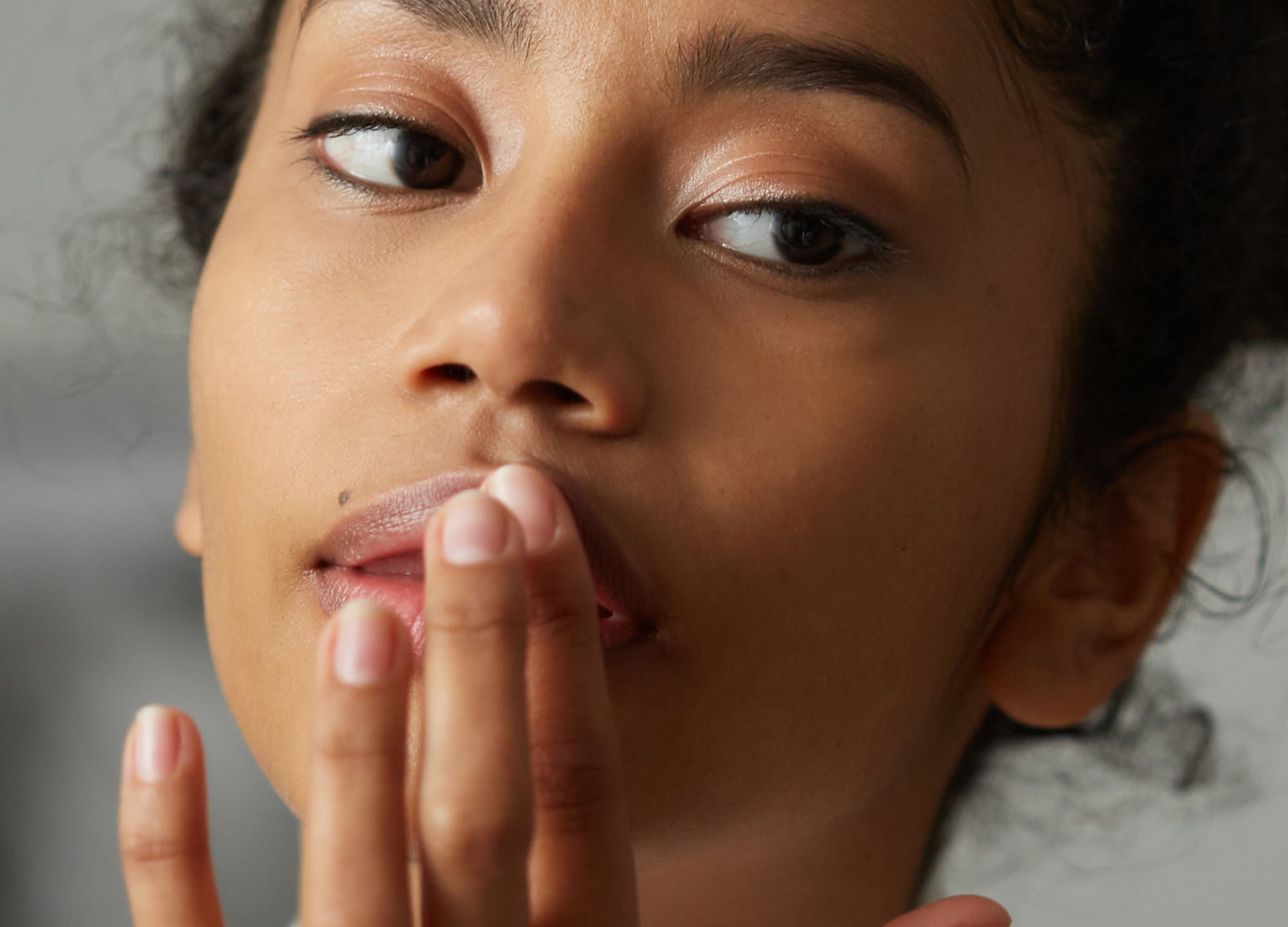If you’ve been treated with hyaluronic acid–based dermal fillers, then you might already be familiar with hyaluronidase. Administered via injection, hyaluronidase is a naturally occurring enzyme that breaks down hyaluronic acid (HA)—giving it the ability to take down the volume of overfilled lips or puffy under-eyes. While your body will eventually metabolize the filler, hyaluronidase speeds up this process for immediate results.
That said, there are some drawbacks: for one, it can be imprecise and can often remove more hyaluronic acid filler than intended, especially in the hands of an inexperienced provider. That’s where Topilase, a breakthrough topical form of hyaluronidase, can be helpful.
If you’ve never heard of Topilase, you’re not alone—we hadn’t either, until recently. Created by French physician Dr. Sandrine Sebban, Topilase, which is manufactured by Softfil, is being used across Europe and Asia to impressive results, but it’s not yet available in the United States.
Currently, New York City board-certified facial plastic surgeon Dr. Yael Halaas, who serves as the head of the Emerging Trends & Technology committee for the American Academy of Facial Plastic and Reconstructive Surgery, is testing Topilase in her practice. She predicts a demand for it once it arrives, likely beginning in 2023: “Patients want a light-handed approach in dealing with imperfect results from filler.”
Here’s what else you need to know about the innovative product.
What is Topilase?
Topilase is a topical solution that contains both hyaluronidase as well as herbal ingredients such as lavender, helichrysum, and aloe vera. It offers a needle-free way to get the hyaluronic acid–dissolving effects of hyaluronidase—albeit on a much more subtle level than with the injectable version. “It certainly doesn’t dissolve all the filler, but it appears to reduce it,” Dr. Halaas says.
How is Topilase used?
Application is simple: the Topilase formula is applied, then massaged into the treatment area. After several minutes, “you can actually see a reduction by a small but appreciable percentage in the overfilled area,” Dr. Halaas says.
Since the solution remains active for two weeks, the patient can return within that two-week period for up to three applications until they get the desired result. For thin-skinned areas in particular, she says, “it can take a result that is slightly overfilled and smooth out some imbalances—or bring down a result that’s slightly too much.”
It also shows early promise for reducing swelling. In France, the physician who created it reports using it on patients immediately following injection, according to Dr. Halaas, because the homeopathic botanicals in the formula may help reduce swelling.
While Dr. Halaas doesn’t have enough product to test it for this specific purpose, in cases abroad, Topilase has been shown to “minimize all swelling after injections,” she says. “In my practice, I use a number of herbal topicals after to help reduce swelling, so once this is more widely commercially available, this may be something I adopt.”
Topilase vs. hyaluronidase
Topilase isn’t a simple swap for injectable hyaluronidase. “No topical is going to replace an injection,” says Dr. Halaas. “If you have a filler emergency, like a vascular obstruction, you must have and be prepared to inject hyaluronidase—and that emergency protocol is why you need to be injected by a knowledgeable injector.”
Plus Dr. Mona Gohara, a board-certified dermatologist based in New Haven, Connecticut, expresses skepticism that it would work for deep filler. “I do not really understand how something topically could truly affect deep dermal placement of HA filler,” she says.
However, therein is the advantage: Topilase may be preferable for certain, more superficial areas of the face. “What can be impressive is that with thin-skinned areas, like lips or under-eyes, is that it did appear to reduce the overfilled effect,” says Dr. Halaas. Since the skin is inherently thinner, there’s a considerable chance that the hyaluronidase can penetrate superficially, thus doing its work.
Does Topilase hurt?
Topilase doesn’t hurt, which gives it an another edge over injectable hyaluronidase, which can be uncomfortable. “Patients sometimes complain about the burning feeling from injectable hyaluronidase,” says Dr. Halaas. “They want to have a needle-free approach.” For certain areas of the face, then, Topilase can offer a much more comfortable alternative.
How much will Topilase cost?
As of press time, Prollenium hasn’t shared the pricing with providers, so it’s unclear what the cost will be for patients once it becomes available.











